Hi Everyone,
Ahhh… this was supposed to be one post. However, I got so into the first part that the second part will have to wait until mid-week.
But, what a splendid week it’s been in Boston. The weather’s been fantastic, and my lovely son was here for a brief visit as he had a trombone gig.
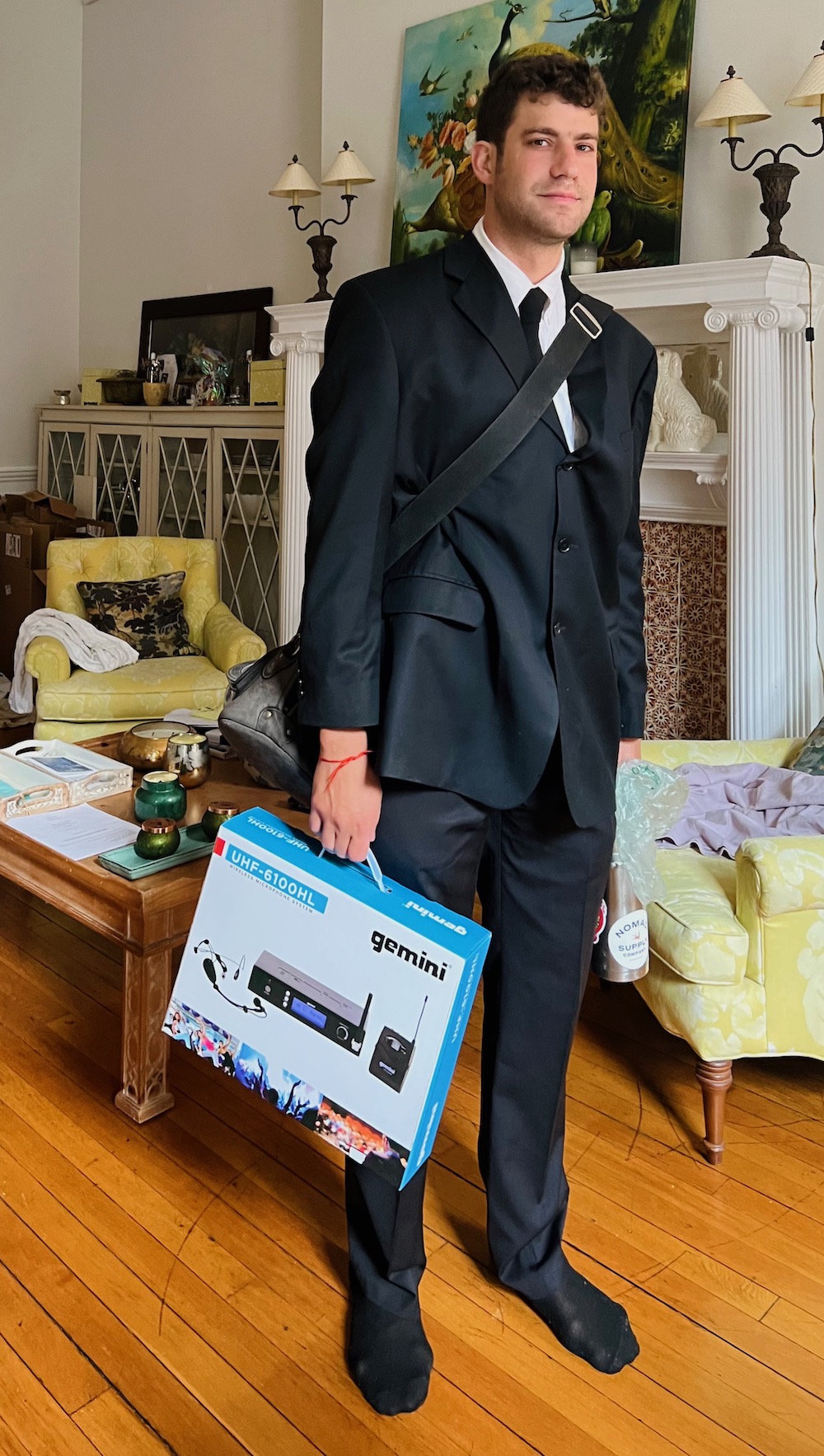
Gosh, he’s going to be 32 in a few days.
Believe it or not, I’m still working on my kitchen design. I’ve often said that I want it to look more like a Victorian butler’s pantry.
What’s funny is that I’m currently sitting in what used to be this home’s butler’s pantry when the house was completed in 1880.
Back in the day, when these were all single-family homes, the well-heeled family who owned the entire house did have a staff, including a butler. In 1880, except for the few apartment buildings, the kitchens where the heavy cooking was done was in the basement. Yes, where my bedroom is.
Somewhere, there was a dumbwaiter that brought the food up, and then final preparations were made in the butler’s pantry.
Since this room was partially visible from the dining room, it would’ve been attractive, albeit still utilitarian. However, the butler’s pantry was also where the family’s fine china, silver, and other valuables were kept. It was the butler’s job to ensure that it was taken care of.
In the last year and a half, I’ve made a half-hearted attempt at finding the ORIGINAL floorplan of my home’s first floor (parlor level).
I want to verify what I believe to be true about this house before it was cut up into five separate homes.
The houses in the Back Bay commenced around 1860; however, I have discovered that it wasn’t until 1880 that anyone thought to keep records of the original architectural drawings. But, not all of the homes built in 1880 and beyond have the documents. These are held at the Boston Public Library, I believe.
My house was built by a popular architect, Samuel D. Kelley.
I read that Mr. Kelley designed over 150 houses in Back Bay. However, while prolific, he wasn’t known for doing anything particularly innovative or jaw-dropping. In other words, he was an early forerunner of the custom-home-builder-developer.
Today, I had a lightbulb moment.
Since we know that Mr. Kelley was pretty much “phoning it in” (with one of those newfangled gadgets), I figured that there are probably several homes in Boston’s Back Bay that are similar to my house. And, maybe one of those has a floor plan.
Well, as you’ve probably figured out, I hit paydirt very early while searching the list of houses in Back Bay Houses designed by Samuel Dudley Kelley.
Dudley??? Really???
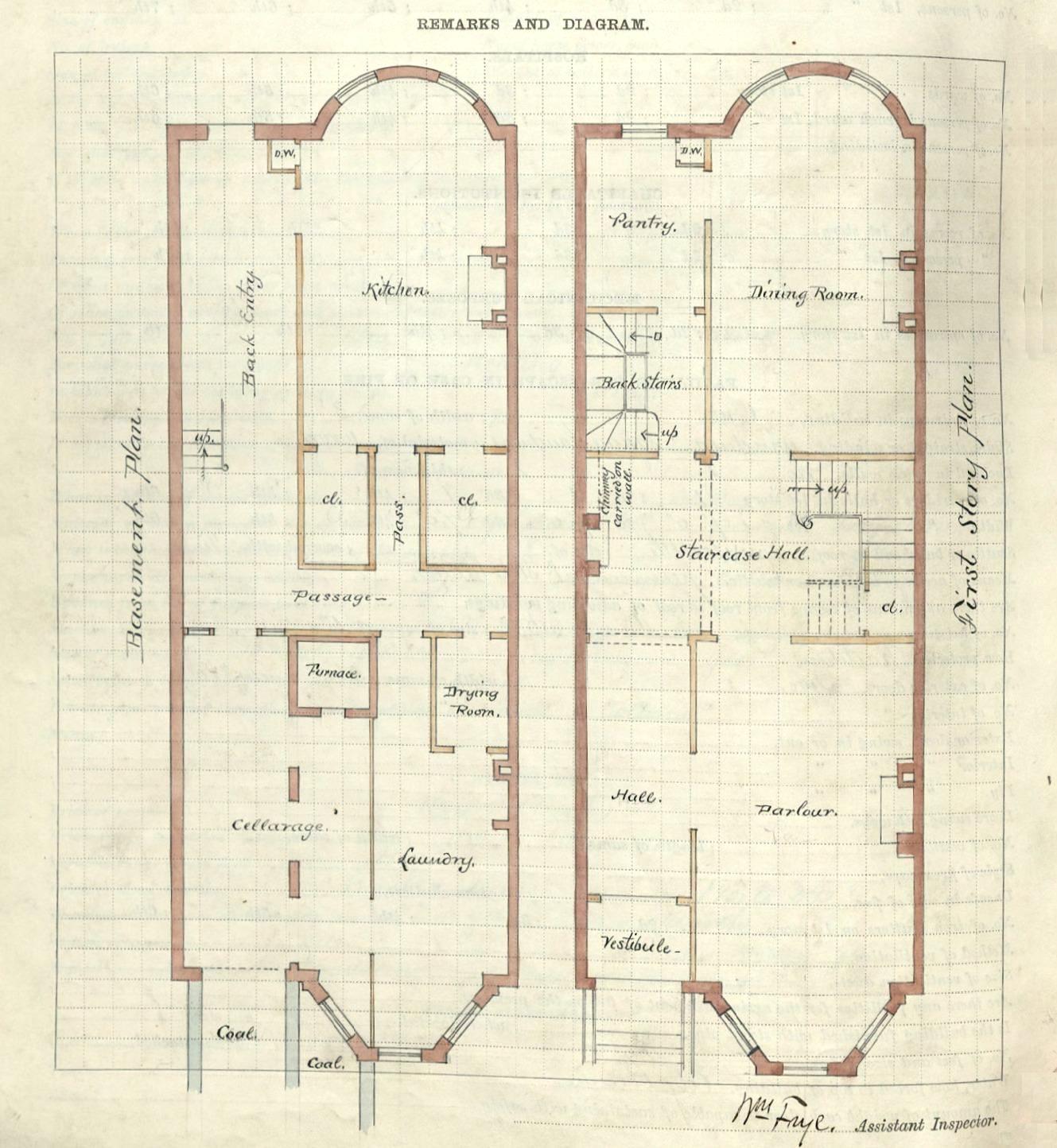
I’m presuming these aren’t construction drawings. However, if they are, it would explain why some of the original features in my home are disconcertingly off-center.
In the above example, this house has a bonus basement (garden) plan. It is nearly identical to my house, except it’s the reverse. As expected, that awkward door to my bedroom, which needs to get moved, was an original entrance into what was originally the kitchen.
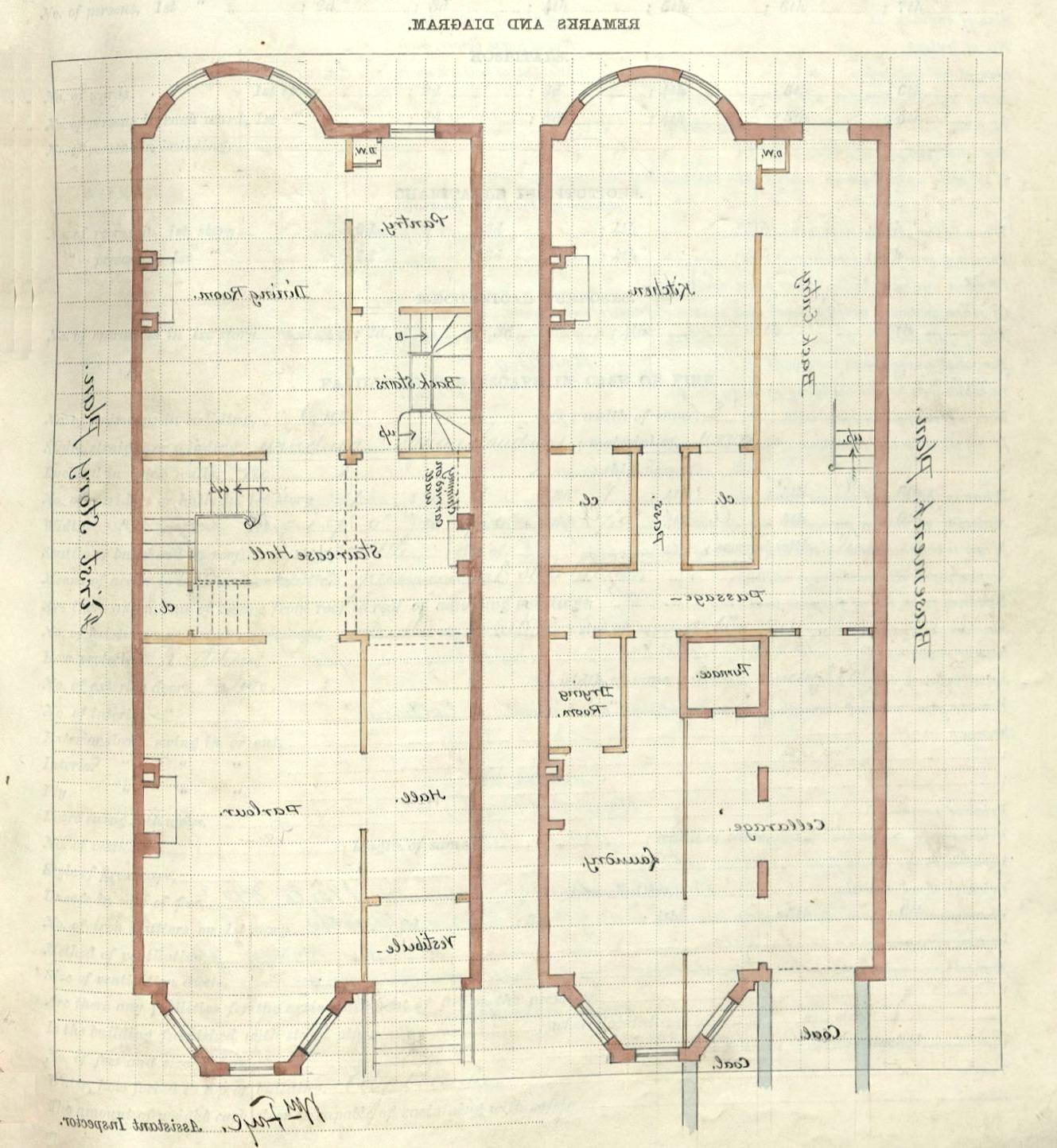
No problem. I can flip the image.
The only difference here is a minor one with the placement of the back staircase and the configuration of the main staircase. However, I found another home, also in reverse, that is even closer to mine, except there is no bay window in the dining room.
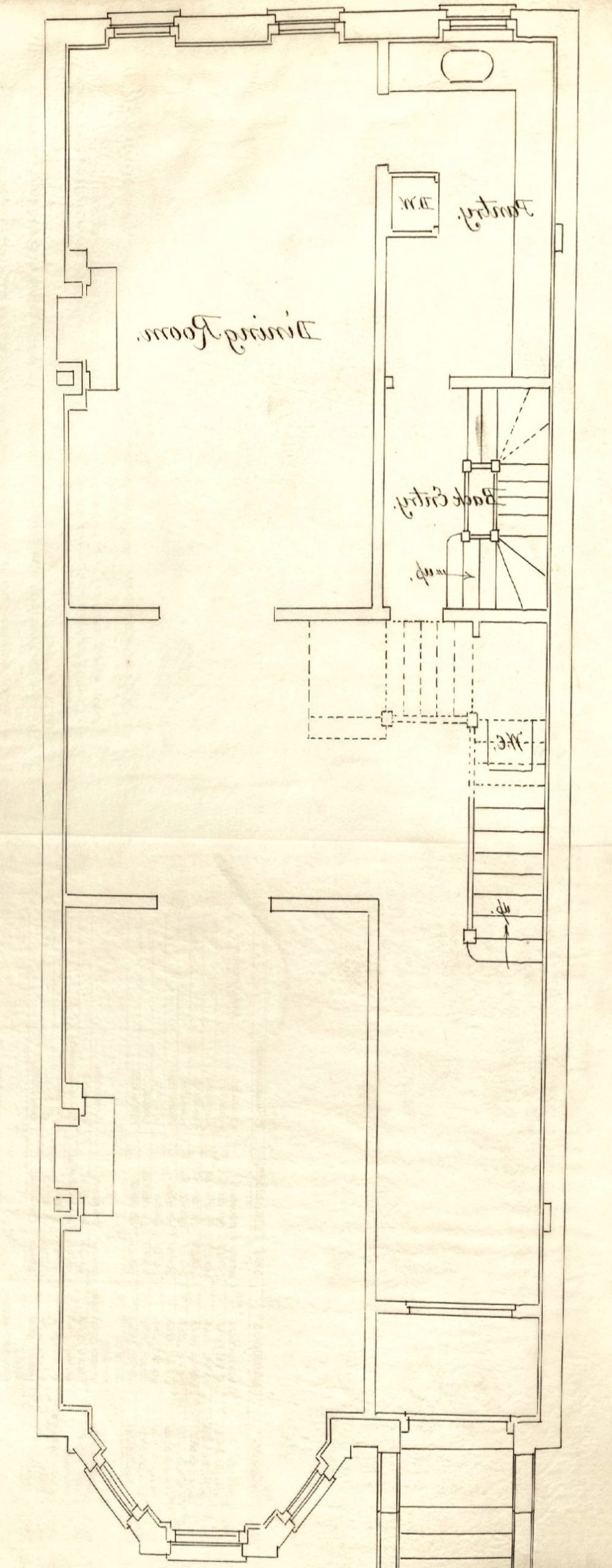
The only other difference is that the back staircase actually runs under the main staircase. Where the stairs are in these two homes is where my 2nd bathroom is located. However, it makes sense to put the stairs where these are for direct access to the butler’s pantry.
But, where the reception area is, my kitchen is located.
And, there is the big doorway, formerly leading to the dining room, but is now my living room. The windows are the same, too.
For comparison, below are a couple of other floor plans by architects who are not phoning it in and are known for their brilliant work.
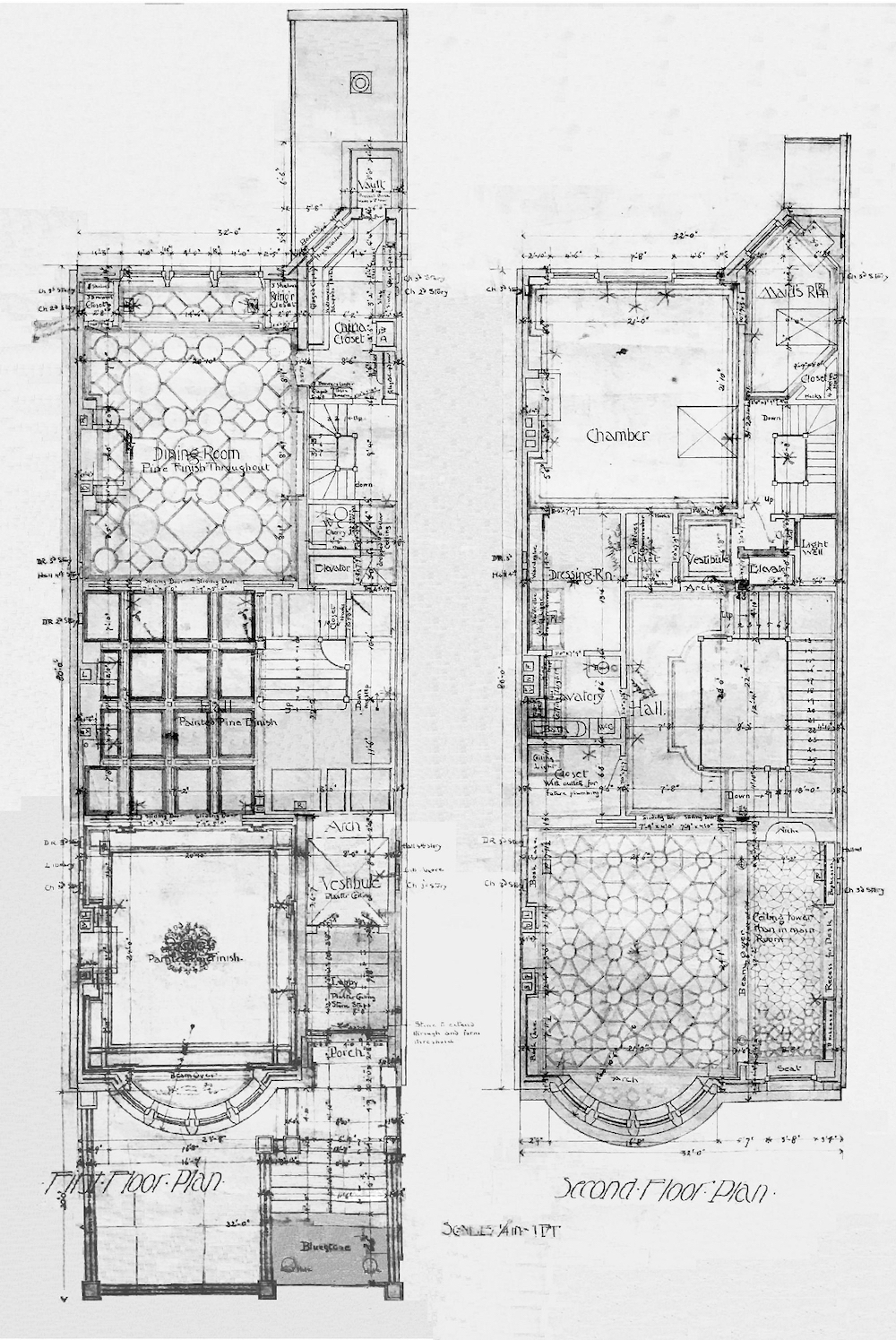
Above is 305 Commonwealth Ave., completed in 1887. The architectural firm was Peabody and Stearns. Please note that in this case, the butler’s pantry was referred to as the “china closet.” And yes, it also included a vault.
One more.
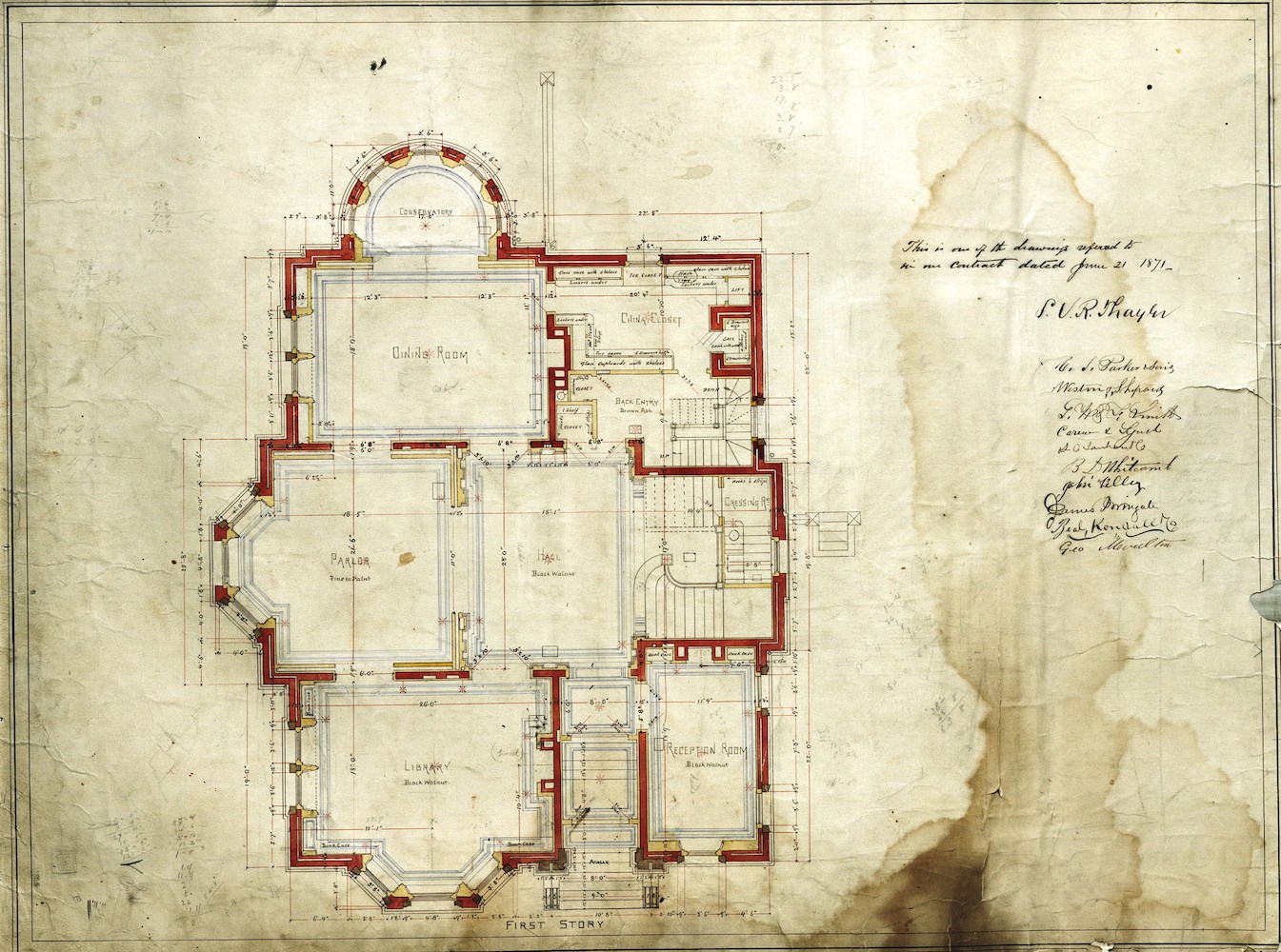
Peabody and Stearns also designed 306 Dartmouth Street. It is a corner mansion that has recently been going through a massive renovation. I took some photos of it last spring and the exquisite greenhouse. You can see the complete set of architectural plans here.
As you can see, they are quite fragile and I understand that they are available at the Boston Public Library. I believe one needs to make an appointment to see them, but we aren’t allowed to touch them.
By the way, I just took a look at that post from last spring, and when you have a chance, please check out 169 Commonwealth Ave.
I walked past it the other night, and my eyeballs nearly fell out of my head, because the architecture is not to be believed and the kitchen is gorgeous too!

Maureen O’Hara was also my realtor. She’s awesome! And so is Wendy Oleksiak!
Let’s zero in on that beautiful pantry at 306 Dartmouth Street.
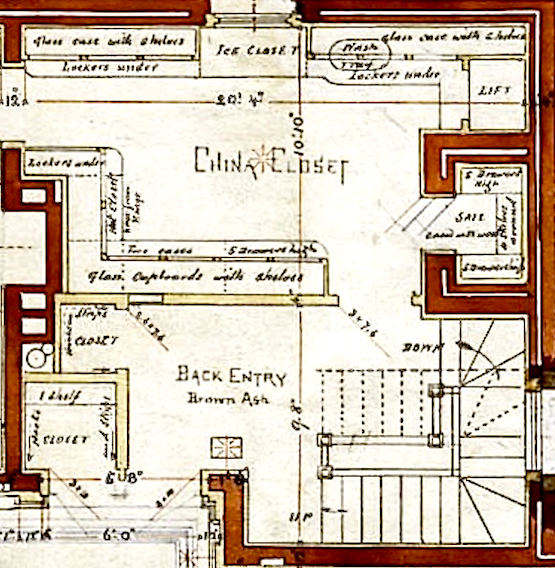
Again, it is called the china closet.

Coincidentally, I took another picture of 306 Dartmouth Street two months ago when the early spring trees bloomed.
If you’re interested, please read about 306 Dartmouth Street which is right around the corner from me. This is a link to it in Back Bay Houses. They even have a photo from 1875 showing the newly built home and vacant lots all around it!
Speaking of gut renovations, a couple of weeks ago, I was on my way to a gathering and walking down Comm Ave.
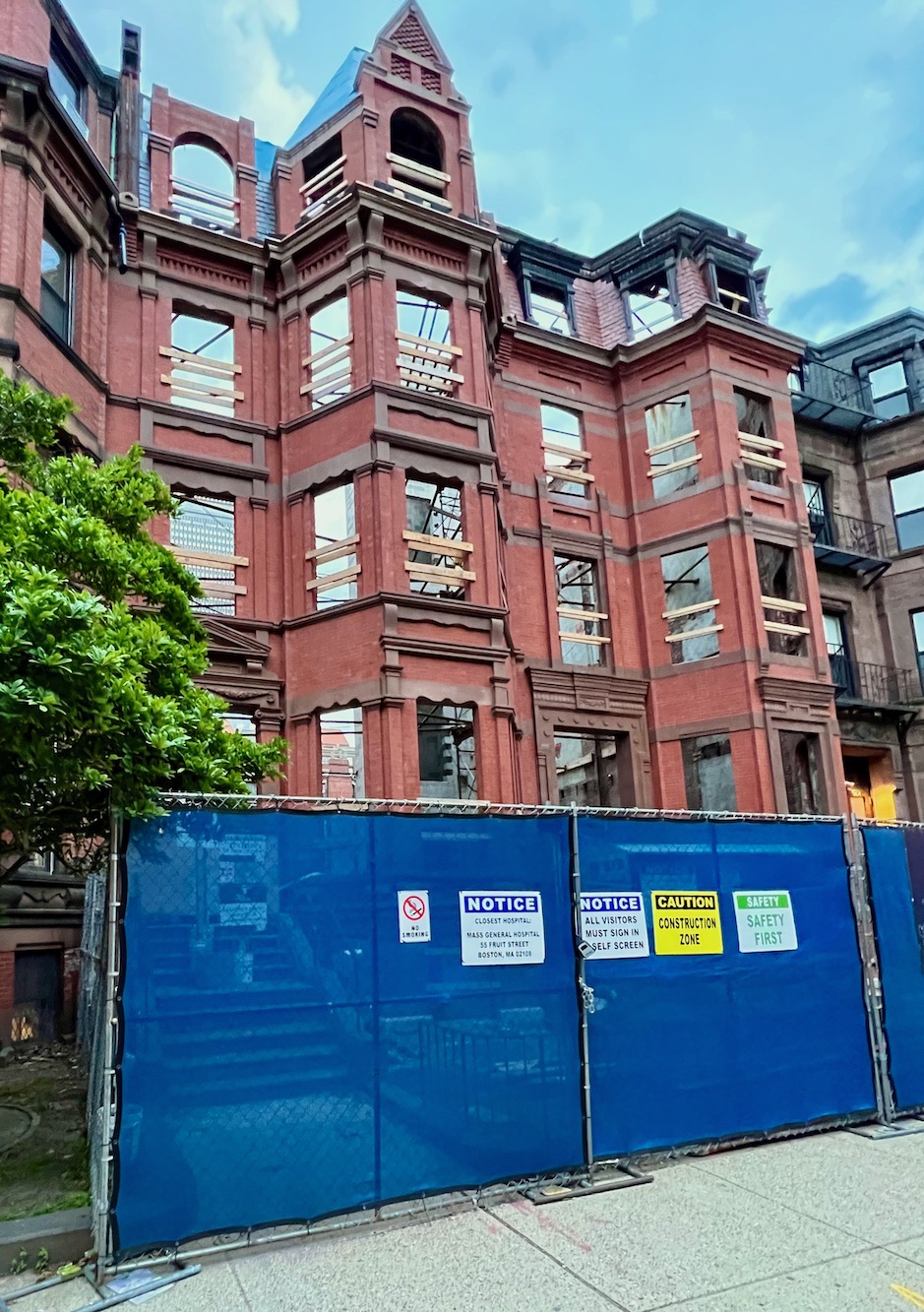 haha. You’re not allowed to touch the exterior of our Boston Back Bay Beauties, but apparently, it’s okay to disembowel them.
haha. You’re not allowed to touch the exterior of our Boston Back Bay Beauties, but apparently, it’s okay to disembowel them.
I had to do a bit of sleuthing, but I did figure out that these addresses are 260 and 262 Commonwealth Ave.
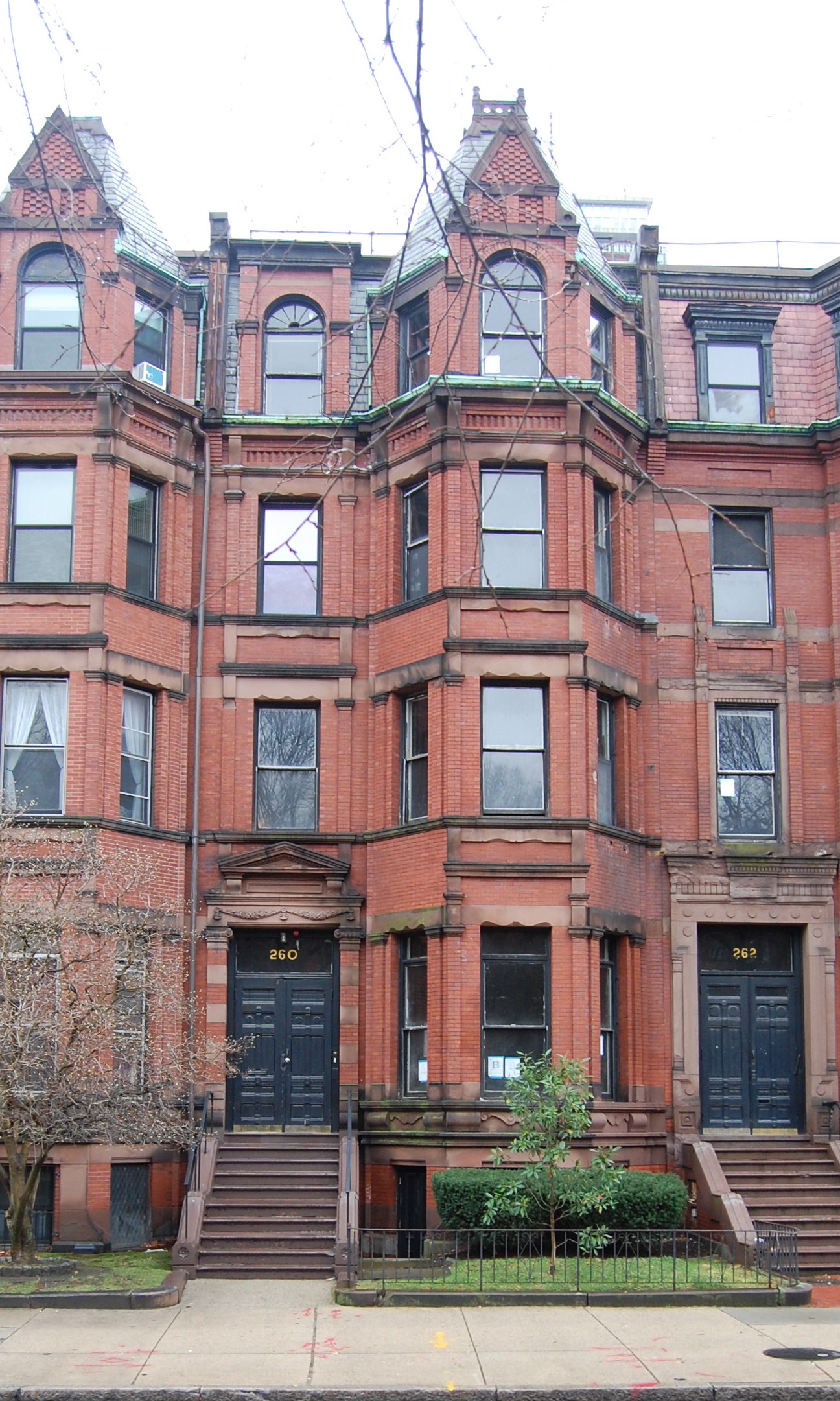
Above is an image via Back Bay Houses before their innards were extracted.
On a hunch, I just had to check.
And, yes, Samuel Dudley Kelley was indeed the original architect. This is not the first time one of his buildings got hit with a sledgehammer.
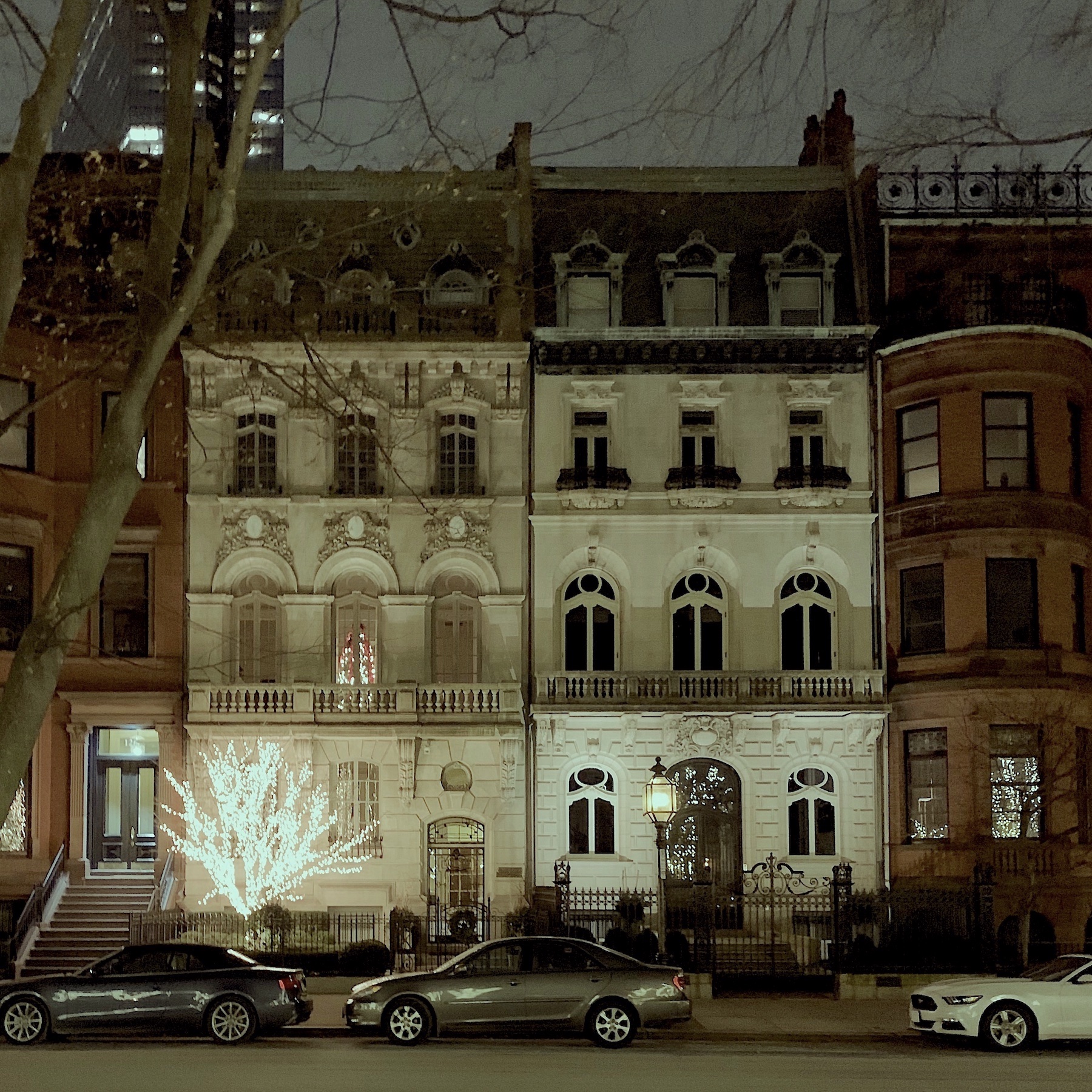
Number 128 and 130 not only had an exterior facelift, but the inside also had a gut renovation. (There’s a lovely daytime shot in this post before I moved to Boston.) However, I don’t think they took down all of the walls when they redid the “sisters” about 110 years ago.
Like the title said, the butler’s pantry like you’ve never seen it. All of them today are in plan view. But, I promise to share some actual rooms.
Part II with some genuinely spectacular butler’s pantries is coming Wednesday. And, maybe another surprise or two.
xo,

PS: Please check out the newly updated HOT SALES!
Related Posts
 How To Turn Bland Decor Into A Room Of Sublime Beauty!
How To Turn Bland Decor Into A Room Of Sublime Beauty! 20 Little Known Small Room Ideas to Maximize Space
20 Little Known Small Room Ideas to Maximize Space A Masculine Bedroom That She’ll Love too
A Masculine Bedroom That She’ll Love too 9 Little-Known Paint Colors Decorators Are Obsessed With
9 Little-Known Paint Colors Decorators Are Obsessed With How To Create The Mark D Sikes Look For Your Patio Furniture
How To Create The Mark D Sikes Look For Your Patio Furniture Subway Tile Alternative Everyone Knows About But Me
Subway Tile Alternative Everyone Knows About But Me Interior Design Lessons We Can Learn From The Masters
Interior Design Lessons We Can Learn From The Masters



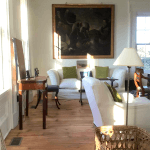

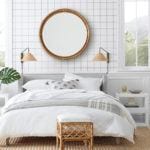

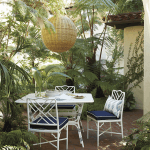





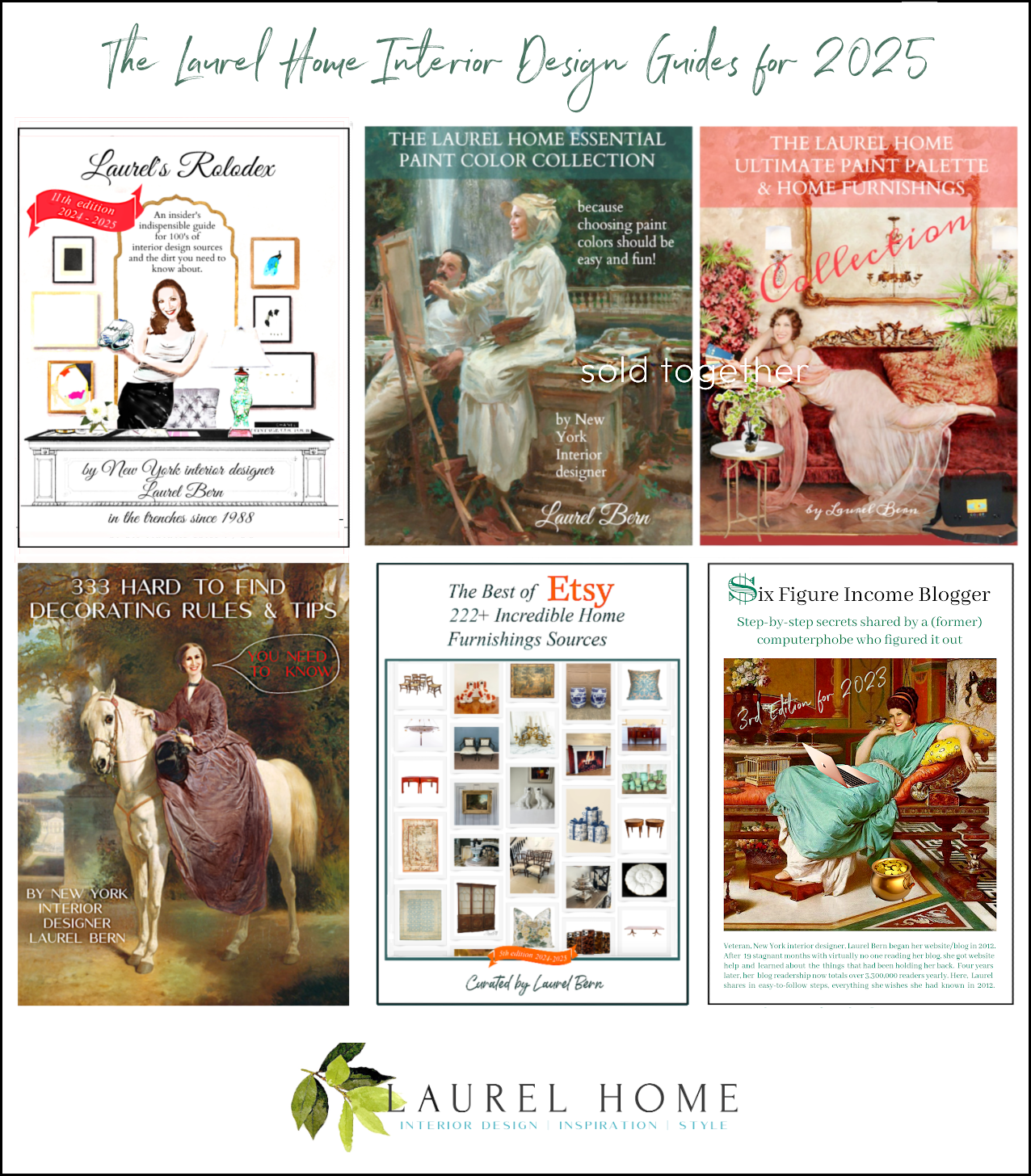

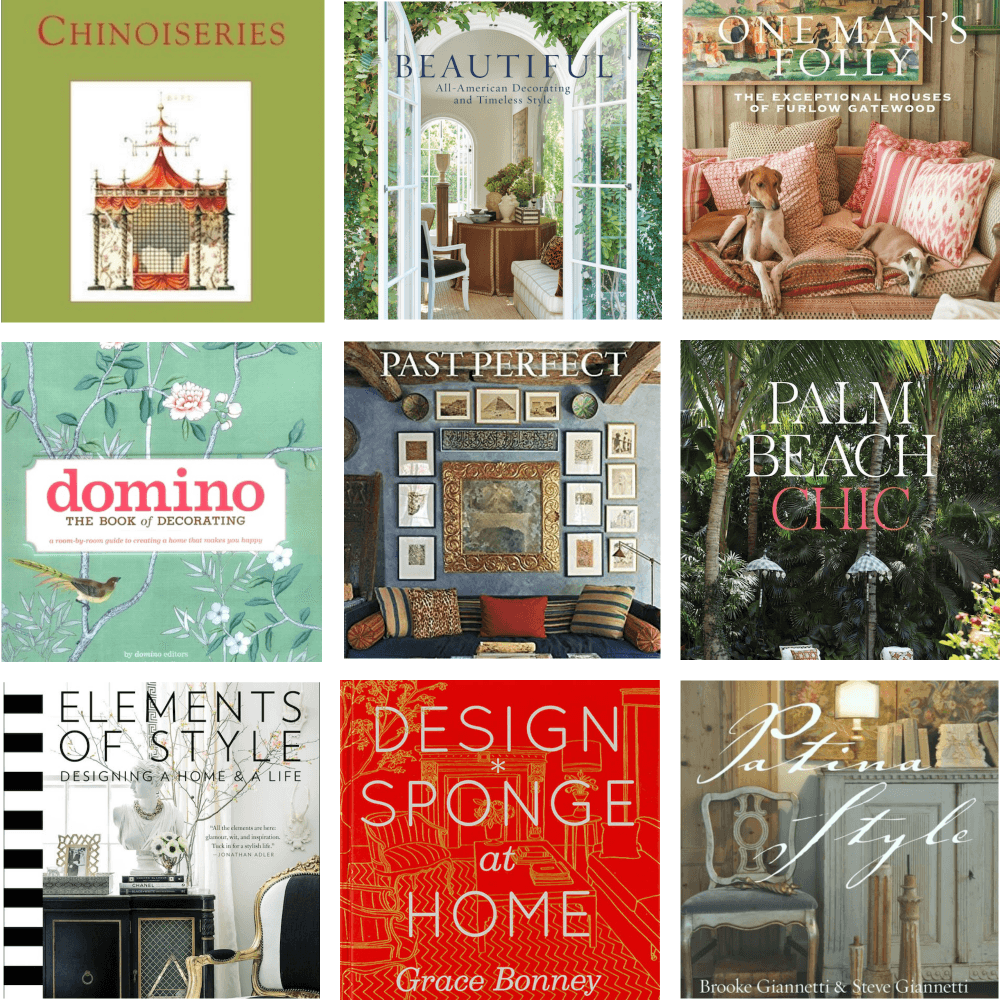

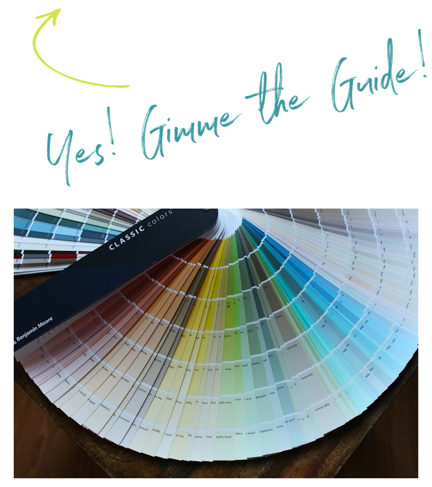
16 Responses
First, you have a very handsome son. But you already know that.
There was an old mansion, near where I grew up, called Sullivan’s Mansion or the “Rosemawr Estate”, in Clifton, NJ. Just before it was torn down, I went with school chums to take a tour. It had stood vacant for many years and was falling down around us. It was then I saw my first Butler’s Pantry (between the kitchen and dining room) and it was love at first look. While my friends roamed around, I stood in the pantry and thought of how I would use it. Mind you, I was only 11 but I was and still am, an old soul.
Thank you for sharing your dreams/ideas. It’s too late for me to think about such a grand home but I love looking.
Best regards.
What is the door color on 260 Commonwealth? Wonderful post! enjoyed!
This is so fascinating! Loved reading
Love all the research you have done. It actually is fun to do. You’re looking for a mouse in the haystack
I did the research, not on our home, but the land and the water around it. Paid off greatly as it was originally issued to a sponsor thru a King’s Grant. Clients suing us lost their case because of this.
I love Cale’s haircut! Looks stylish and handsome.
A wonderful post! I love old mansions. I read the link to 306 Dartmouth and learned about the Cryder triplets. I had never heard of them before. An interesting stroll back to the Gilded Age.
Hi Laurel – in the clip for 169 Commonwealth Ave, is the window treatment in the bedroom acceptable? Is seems a bit odd as the curtains don’t touch the floor. See 0.40 seconds into the video. I’m asking as I plan to do a similar window treatment for my living room (with the inside mount curtains going all the way down to the floor). I figured it will be the best option as the beautiful mounding should not be covered.
Thanks as always for great post!
Thank you for this informative post!
Fabulous post Laurel. Thank you for the time and effort – your love of a process-of-curiosity beams! You are so-honoring your own home’s origins with these studies of the past. I admire you and your process.
Great post Laurel! One thing to note–all of the residential blueprints that are not big name architects like Peabody & Stearns were moved to the Boston City Archives just before COVID. https://www.boston.gov/departments/archives-and-records-management/access-building-plans-city-archives
I converted a closet right by the tiny kitchen in my tiny city condo to a beverage center. But I call it “the worlds smallest Butler’s pantry.”
Even though there’s no sink in it, I like to pretend. And today’s beverage center will be out of fashion soon but Butler’s pantries are classic.
Ah, 306 Dartmouth. When I moved to Boston after college, I moonlighted as an admin/typist for CBT, the architectural firm that saved and preserved the building and had their offices there. I lived across the street so I could work at all hours, and they gave me a key to the house! The LaFarge stained glass windows were still there then, and a lot of the original lighting and even a few pieces of furniture. My office was in a former boudoir, with delicate floral paintings on the pastel walls. We kept file boxes in the fireplace. My favorite thing was a powder room that had its original dark woodwork and blue-and-white Delft fixtures, even the toilet. How I loved that house. The sheik that bought it years ago, planning to convert it to condos (that preserve many original details), has had some trouble in his country, and hasn’t been able to finish the work. Fingers crossed that it happens.
BackBayHouses.org is a treasure! Thank you for crediting it, since it is a labor of love.
Good morning Laurel,
To know the history of one’s home is fascinating. To see the changes that have been made over time. Every past owner has left a mark on the home. Once I have some available free time I would love to research my own home. It was built in the 50’s so it’s not as elegant as yours. And it certainly doesn’t have or ever had a butlers pantry. But it would be fun to see what it looked like when it was first built.
I’m looking forward to Wednesday’s post.
Dear Laurel,
This was my favorite post ! Such beautiful homes and history ! You certainly were able to find so much information. Such a beautiful area and how lucky to be living right there. I recall being there in ‘73 looking at a condo on Commonwealth for sale . My parents were considering it as my father was working for Stone & Webster . Such a coincidence.
The rooms unfortunately were so small as you said the homes were disemboweled. A lot of angles. I believe the reason for not moving forward with the purchase .
Thank you for sharing it all!
Very pretty post, Laurel! And I have the perfect butler for you. Cale! He looks so handsome in his suit in the first picture 🙂
Wow, brilliant sleuthing! You’re a gum-shoe after my own heart 🙂 I know you don’t need the leg up, Laurel, but it really helps us lesser mortals to interrogate original house plans and gather online intelligence about other people’s developments. I’ve just done that with a property and I’m pretty sure it saved some expensive mistakes. I can’t wait to see your ‘china closet’ kitchen.